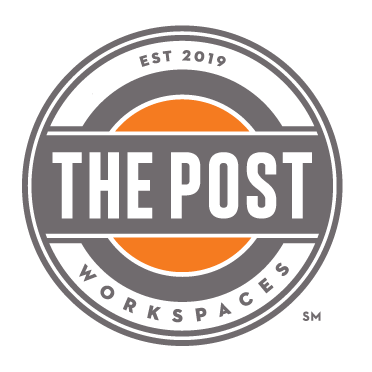
What does your day-to-day look like as an entrepreneur or small business owner? Probably a bit of this, and a bit of that. Accounting, marketing, and sales… It’s all you.
But we bet you didn’t start your business to get stuck on hold to figure out a website glitch. You wanted to make an impact by doing something you love!
So many small business owners get stuck in the weeds, instead of strategizing for the future. A small business roadmap can help you define goals, make logical action steps, and get to where you want to go!
What is a small business roadmap?

A small business roadmap is a plan for your company. But using the word “roadmap” helps you visualize exactly what it does. Just as you use a map (yes, Google Maps counts!) to guide you on a road trip, this roadmap can guide you through your small business journey.
A map has a few features. It shows you:
- Where you started
- Where you’re going
- What to expect in-between, challenges, detours, or alternate routes
And this is exactly what a small business roadmap should do. It’s a plan—written and organized, supported by data—that analyzes where you are, where you want to go, and how to get there.
Additionally, a roadmap includes information about your company’s values, mission, and goals. It shows both the big-picture ideas of what you’re all about, as well as the finer details.
Why you need one

As a small business owner, you need a roadmap to show you how to grow and scale your business. Not only can it bring clarity about what your next step is, but it has many other benefits:
- Grow and scale your business through strategic decision-making
- Relieve the stress and burden of trying to do it all at once
- Get back to the things you love by delegating responsibilities to a team or outsourcing work
- Be prepared for challenges and unexpected circumstances through contingency planning.
As you grow, you may need to build a team to help you. One of the main roadblocks to scaling up in this way is space. Traditional office leases can lock you into inflexible contracts. Coworking spaces are a great option as you’re building your team—they’re flexible and provide different options to fit your needs. Even some of today’s most massive companies started in a coworking space!
Tips to build a roadmap

There are so many ways to build a small business roadmap. The final format is not as important as the process to get there, but there are a few must-have features:
- Written somewhere for you to refer to.
- Easy to understand, edit, and adapt as needed.
- Be in a format or medium that you will use (don’t even touch Excel if you find it overwhelming!).
Besides these, a roadmap can look however you want it to. Here are some tips to build a small business roadmap:
- Start with a brain dump. Don’t overcomplicate things at the beginning, but get all your big ideas out of your head and onto paper. Ask questions like, where do I want to be in five years? What do I love about this job and what would I rather pass off? Don’t censor yourself as you write, but just get all your ideas out there.
- Let technology work with you. Again, choose something you find easy to use and intuitive. Take advantage of the various business management tools available to help you organize your small business roadmap.
- Work with someone to build your roadmap. Sure, you might be a solopreneur, but that does not mean you need to do it all by yourself. If you have a partner or co-founder, do this together. Otherwise, team up with trusted friends or mentors. You can also hire a coach or consultant to help you!
A small business roadmap can help you take your business to the next level. If you’re a Tucson-based small business or solopreneur looking for a flexible workspace where you can scale your operations, book a tour of The Post today.
